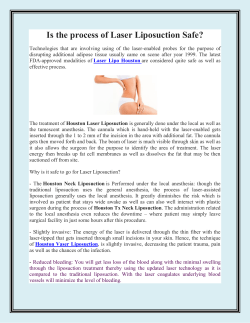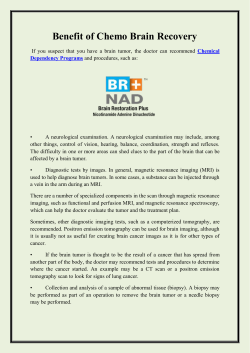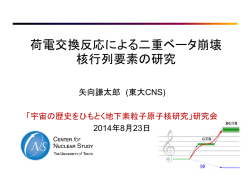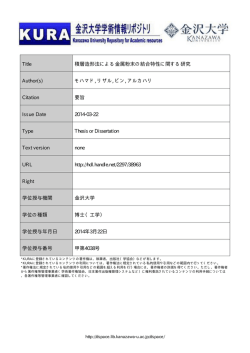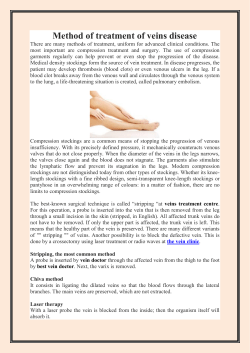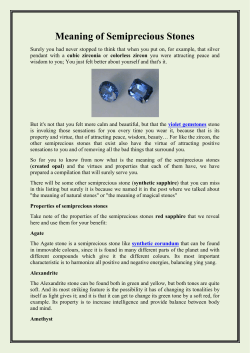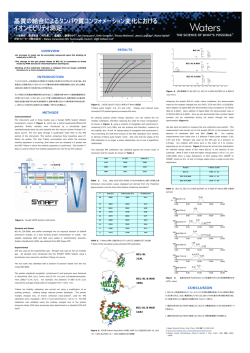
波長可変ライダーFe 温度観測モードの国内試験 Test
波長可変ライダーFe 温度観測モードの国内試験 津田卓雄 1、江尻省 1、西山尚典 1、阿保真 2、川原琢也 3、中村卓司 1 1 国立極地研究所 2 首都大学システムデザイン研究科 3 信州大学工学部 Test observations of frequency-tunable lidar in Fe temperature mode T. T. Tsuda1, M. K. Ejiri1, T. Nishiyama1, M. Abo2, T. D. Kawahara3, and T. Nakamura1 1 National Institute of Polar Research 2 Graduate School of System Design, Tokyo Metropolitan Univ. 3 Faculty of Engineering, Shinshu Univ. We are developing a new resonance scattering lidar system to be installed at Syowa Station (69S, 39E) in Antarctica. For the new lidar system, we have employed a tunable alexandrite laser covering the resonance scattering lines of two neutral species, which are atomic potassium (K, 770 nm) and atomic iron (Fe, 386 nm), and two ion species, which are calcium ion (Ca+, 393 nm) and aurorally excited nitrogen ion (N2+, 390 nm, 391 nm). Thus the new lidar system will provide information on the mesosphere and lower thermosphere as well as the ionosphere. Using the new resonance scattering lidar together with colocated other instruments, we will conduct a comprehensive ground-based observation of the low, middle, and upper atmosphere above Syowa Station. This unique observation is expected to make important contribution to studies on the atmospheric vertical coupling process and the neutral and charged particle interaction. In this presentation, we will report current status on test observations of the iron atom layer at National Institute of Polar Research (NIPR) at Tachikawa, Japan (36ºN, 139ºE). In order to obtain the iron resonance line at 386 nm, we operate the fundamental laser (i.e. the tuneable alexandrite laser) at 772 nm, which is shifted by 2 nm from the potassium resonance line at 770 nm, and then obtain the pulsed 386 nm laser using nonlinear crystal based on the second harmonic generation (SHG) technique. On 14 August 2013, we successfully detected first signals from the iron atom layer, with one-frequency mode for Fe number density measurement. The observed iron number density would be fairly comparable to that from the previous observations at Illinois (40ºN). After that, we have prepared three-frequency mode for Doppler temperature measurements. Based on a theoretical calculation, we have determined good combination of the three laser frequencies to minimize the temperature error, and then performed operations of the three-frequency mode on 5 and 18 Augsut 2014. The obtained temperature data will be compared with those from NRLMSISE-00 model and TIMED/SABER observations.
© Copyright 2024


